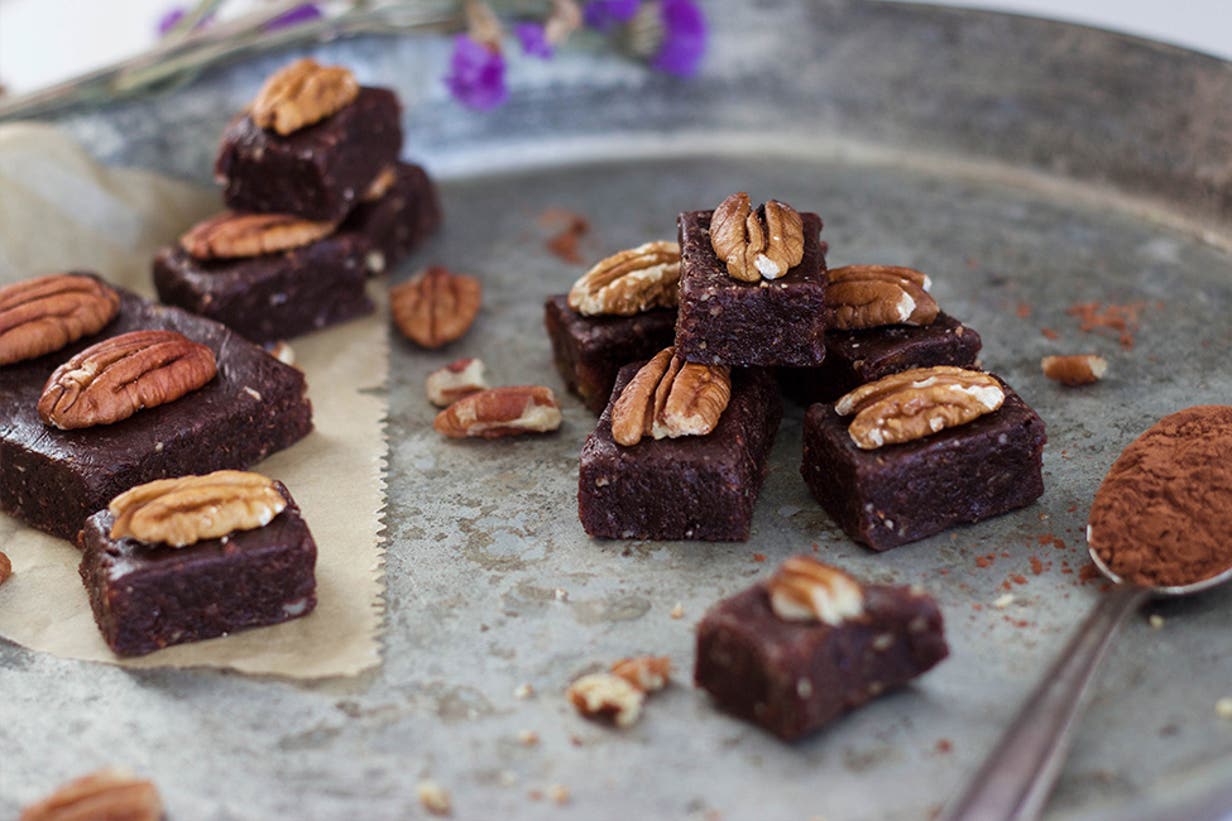Hunger is a mysterious feeling. Sometimes we feel famished. Sometimes not at all. Certain sports leave us feeling as though we could eat a horse, whereas others leave us feeling sick. Although you’re rarely likely to give your digestive tract a second thought, it’s what’s behind these uncontrollable sensations you’ve been experiencing. And it’s not just hunger your digestive tract is responsible for – it also processes all the food and nutrients you eat efficiently so that you can perform your best during training and protects you from nasty germs to stay healthy. Here’s how it works:
Meal time – what happens in the following hours?
First
Whenever you eat something, the food will be mechanically crushed in your mouth – always with the help of your teeth and your saliva (also known as chewing). Fun fact: You produce 0.5 to 1.5 liters of saliva a day! Incase you don’t know, that’s quite a lot. After this the crushed food is transported by rhythmical muscle movements of the esophagus through the esophagus into your stomach.
Then
Within the stomach an acidic digestive juice (pH value of 2) takes over the job of processing the food. The digestive juice – mostly containing hydrochloric acid – has two main tasks: killing germs, which is crucial for you as an athlete to stay healthy, as well as breaking down proteins and carbohydrates. You’ll see in a second why this is so important for the processing of the ingested food.
After that
Leaving the stomach, the food, which looks something like porridge now, moves on to the duodenum where it meets the pancreas’ juice – mainly containing digestive enzymes – and the gallbladder’s juice. Big proteins and complex carbohydrates as well as fats cannot be transported through the cell membrane of the small intestine (yes, that’s the next station for the “porridge”). That’s why the already mentioned digestive juice of the stomach as well as the enzymes of the pancreas play an important role in breaking down proteins, carbohydrates and fats. The pancreas secretes a volume of enzymes (proteins) that is equal to the amount of 5-15 grams per day– quite remarkable. Don’t worry though, some of the enzymes (proteins) will be ingested again. Since certain fats cannot be disintegrated with water, the gallbladder’s juice functions as a sort of soap which then breaks them down. Furthermore, it absorbs waste products that the small intestine cannot process further.

The transportation
The so to say “superstars” of the whole digestive process within the small intestine are the transporters. Many substances cannot easily go through the cell membrane of the small intestine, therefore every substance has its own special transporter. Transporters for carbohydrates are spread all over the small intestine, meaning that almost all glucose can be transported through the small intestines cells. For proteins, it’s different: within the small intestine you don’t seem to have as many transporters for proteins. Why? Scientists measured if the body is able to develop a stable amino acid level (building blocks of proteins) when taking supplements in liquid form such as protein shakes. What they found is that fast flooding of the small intestine could not build up a stable amino acid level within the blood. This could mean that your body is not able to absorb many of the proteins you eat due to a lack of transporters. That’s why it’s recommended to eat proteins in solid form – a possible supplement could be a protein bar.
Vitamin A, B, C, D, E and K are also absorbed within the small intestine as well as the large intestine (colon) – the final destination for the ingested food. Here, mainly water and electrolytes are ingested before the remaining waste products are discharged.

After training
Do you know the common feeling of not being able to eat a proper meal right after a tough training session? It sounds extreme, but the body is trained to only provide the organs and body parts that are essential for surviving during stressful situations. These are your heart, your lunges and your muscles. Your digestive tract is on mute.
You’ve probably also experienced a feeling of sickness after an intense training session. Why? Working out anaerobically means that a lot of lactic acid is accumulated within our blood. Normally, acids are excreted through breathing and our kidneys. In this case however, the high pH value cannot be compensated by the kidneys and breathing anymore. The body then has to find another way to get rid of the acid. Losing the acid through the stomach’s digestive juice is one way of doing so which can make you feel pretty sick. It can even be so intense that you have to throw up. So no worries – now you know you’re not the only one.